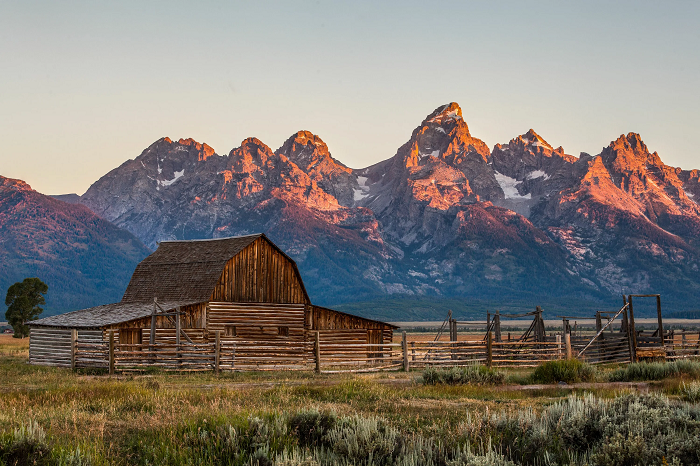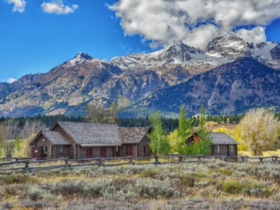Wyoming’s economy is based on mining, agriculture and tourism. Mining is the main sector of the state’s economy. Wyoming ranks first among all US states in coal production and second in natural gas production.
The state also produces oil, uranium, bentonite clays and many other minerals.
The North Antelope Rochelle Mine coal mining complex in northeastern Wyoming is the largest in the United States and one of the largest in the world.
Wyoming has several uranium ore deposits. Although uranium production declined sharply in the 1980s due to declining demand, the state continues to be a leader in uranium production in the United States.
The state of Wyoming has explored the world’s largest reserves and actively mines trona, a mineral from which the soda necessary for the production of glass, paper, soap and many other products is obtained.
In Wyoming, jade, agates, rubies, jasper and even diamonds are mined, albeit in relatively small quantities.
One of Wyoming’s traditional nicknames is the “Cowboy State.” This is not surprising; raising cattle for meat is the main focus of the state’s agriculture.
In addition, Wyoming produces sheep (the second largest wool producer in the United States), hogs, and poultry; produce dairy products.
The main crops of the “Cowboy State” are wheat, beans, barley, oats, sugar beets, sunflowers, corn, and alfalfa.
Wyoming has a number of timber harvesting and processing enterprises, several oil refineries and food processing plants.
Tourism is very important to Wyoming’s economy. Every year, millions of tourists come to the state to visit the famous Yellowstone National Park, Grand Teton National Park, Devil’s Tower, the Old Trail Town Museum founded by the famous Buffalo Bill and other attractions of Wyoming.
The official sport of the state of Wyoming is rodeo, which is also very popular among tourists. The state regularly hosts several rodeo festivals, one of the most famous is Frontier Days in the state capital, Cheyenne.






